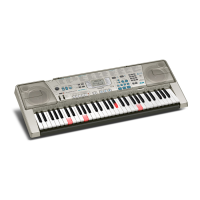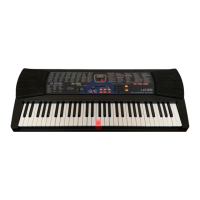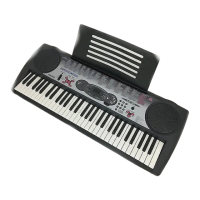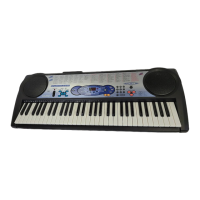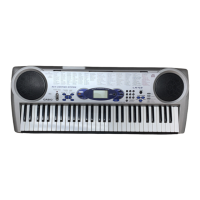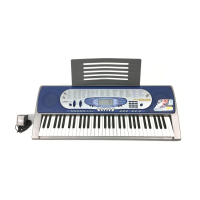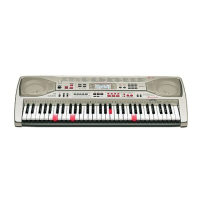What to do if the color of the image on the TV screen is abnormal with Casio Electronic Keyboard?
- JJerry MorrisonSep 9, 2025
If the color of the image on the TV screen is abnormal when using your Casio Electronic Keyboard, the keyboard might be located too close to the TV. Move the keyboard away from the TV.
